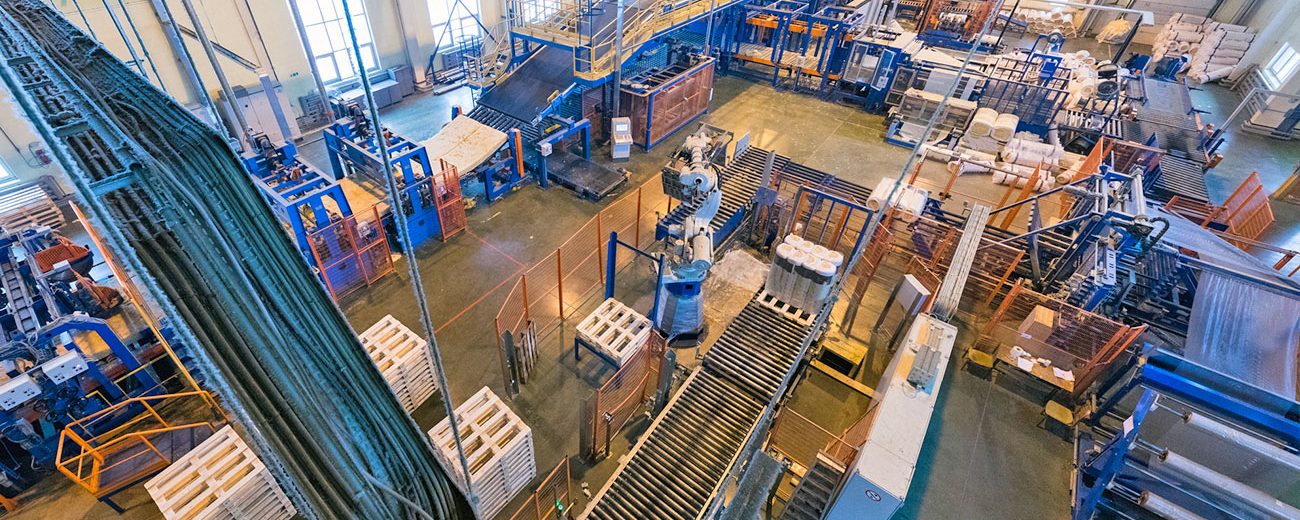
Peak season in a warehouse or distribution center, typically around the holiday season or during major sales events, can be a challenging time due to the surge in order volumes. Expecting possible supply chain issues as well as circumstances such as labor shortage and increased fuel costs can add to the unpredictable increase in inventory demands. It is important to anticipate lost inventory, delays in shipping and possible inventory damage. Making a plan to offset these contingencies will result in a better bottom line in the long run. Efficiency during this period is crucial to meet customer requirements and maintain smooth operations. Maintaining efficient warehouse fulfillment during this time will also ensure those valuable and valued customers will continue to generate new business. Accurate and timely delivery is crucial. Here are some strategies to improve warehouse efficiency during a peak season.
Forecasting and Planning
In order to accomplish accurate forecasting using historical data and predictive analytics can assist in anticipating demand surges. Keeping up with industry and economic trends can provide important knowledge and foresight into what to expect in the current year’s peak season. Utilizing a current budget based on the previous year’s allocations of revenue and costs must be a part of a successful warehouse or distribution center’s best practices. Knowing the changes in past peak season activity and what specific challenges occurred are important aspects in forecasting for the current and future years. Another best practice is to start planning for the next peak season when the last one is ending. Having a contingency plan for unexpected occurrences as system failures, weather disruptions or supply chain delays can alleviate a future challenge.
Operational areas to focus on are staffing, inventory management and equipment allocation. Extended hours of operation on the warehouse floor during peak season can result in higher labor costs. Permanent workers could possibly be trained to handle multiple roles if needed. To meet the peak season demand, it might be necessary to hire temporary workers. However, those workers and permanent workers handling new tasks must be expertly trained well in advance of the peak season. Documentation identifying the operational procedures and processes as well as changes to the methods will indicate where improvements need to be made. Ensure the warehouse operations are scalable to adapt to fluctuating volumes. Management of inventory receiving, sorting, picking and packaging needs to run smoothly for increased productivity and efficiency. Anticipating returns and damaged inventory can be worked into the plan during a peak season. Having the necessary and reliable equipment and allowing for the potential need to rent equipment is extremely important for fulfillment processes. Make sure the maintenance on equipment is managed on a regular basis.

Inventory Management
During peak season, the warehouse or distribution center will most likely be operating faster than usual. Utilizing space efficiently will add to the productivity of the processes. Arranging inventory strategically according to how fast products move will help ensure high optimization in all areas. A plan should be in place once the inventory is received at the loading dock and how it is transported to storage and then toward the packing and shipping stage. Reduction in travel time along with a speedier process for sorting and picking can make a big difference in overall costs of the operation. Grouping orders that have similar products can minimize trips pickers need to make. Ensure the receiving area is set up so that inventory can be moved safely and efficiently. Setting up multiple packing stations can help clear workflows. Using the historical data and current trends for a peak season can determine when inventory needs to be ordered and received. Highly in-demand products should be replenished frequently to avoid back orders. There are many excellent warehouse management system software packages that can give real-time data so that forecasting is more accurate.

Automation and Technology
For normal operations but especially in those peak season, integrating automated systems can greatly streamline operations, track inventory in real-time and manage orders efficiently. Automated storage and retrieval systems for operations with larger inventories can reduce errors and workplace accidents. A large number of warehouses and distribution centers utilize automated guided vehicles or robotic picking systems to handle repetitive tasks and reduce human error. Automated palletizing and conveyor systems will also increase productivity. Mobile workstations and printer carts moving throughout the warehouse floor can reduce the need for office space as well as increase productivity. Investing in the capability to apply barcodes and RFID tags on inventory, pallets, bins and machinery offer a great visibility during the processing of products. Wireless headsets for the operators in a variety of locations in the warehouse or distribution center can assist with handling issues when they occur or even preventing them by keeping communication channels open. All automated processes are extremely efficient; however, integration of these solutions should happen several months in advance of a peak season. The systems need to be fully operational with the workers highly trained in using them.
Communication and Coordination
Every worker in the warehouse or distribution center involved with receiving or moving inventory should maintain ongoing communication with all other workers, management and additional teams to remain updated on significant changes, delays or issues. Management should maintain close communication with suppliers and carriers to ensure timely deliveries and reduce delays in restocking. Researching the logistics is paramount prior to forecasting for a peak season. Management should also remain in contact with customers prior to a peak season to ensure expectations are communicated and forecasted. As stated previously, documentation of past seasons should be kept by all departments and inventory and staffing forecasts should involve finance and other crucial departments. There should be no extraordinary surprises come time to function during a peak season.
Monitoring and Continuous Improvement
Forecasting for a peak season depends on historical data and analytics. During the fast-paced peak season activities, key performance indicators should be strictly monitored. Reports for order accuracy, picking speed and labor productivity will identify areas for improvement. Keep in mind market activity as a peak season progresses. Knowing the operation is running smoothly, productively and efficiently will promote a successful outcome for the business. Feedback from workers while actively engaged in tasks can provide information in case quick adjustments need to be made in ineffective processes. To remain competitive in industries today, excellent workers are essential to the success of a warehouse or distribution center operation. To avoid costly turnovers and reduction in much-needed operators, it is important to offer good benefits and incentives to encourage high performance during peak season. Good compensation for longer working hours can help the overall morale of a busy team of workers. Above all, safety protocols must be adhered to during the increased pace of the operation. Safety training and education about the warehouse functions should be addressed regularly. An accident-free warehouse or distribution center is a goal to be strived toward.
By focusing on these strategies, warehouses and distribution centers can maintain high efficiency and productivity during peak season, ensuring timely deliveries and customer satisfaction.

We Can Help Prepare For Peak Season
54 Intralogistics offers integrated solutions for warehouse automation to help maximize the efficiency and profitability of your warehouse every day, and especially when planning for peak season. The 54 Intralogistics team of professionals are trained to know about how your warehouse business operates and to offer advice on how to prepare and forecast for peak season. They can review your warehouse layout and specifications to ensure optimal processes from the loading/delivery dock to the packing and shipping area. Let us assist you in determining which solutions will work best for your warehouse operation.
